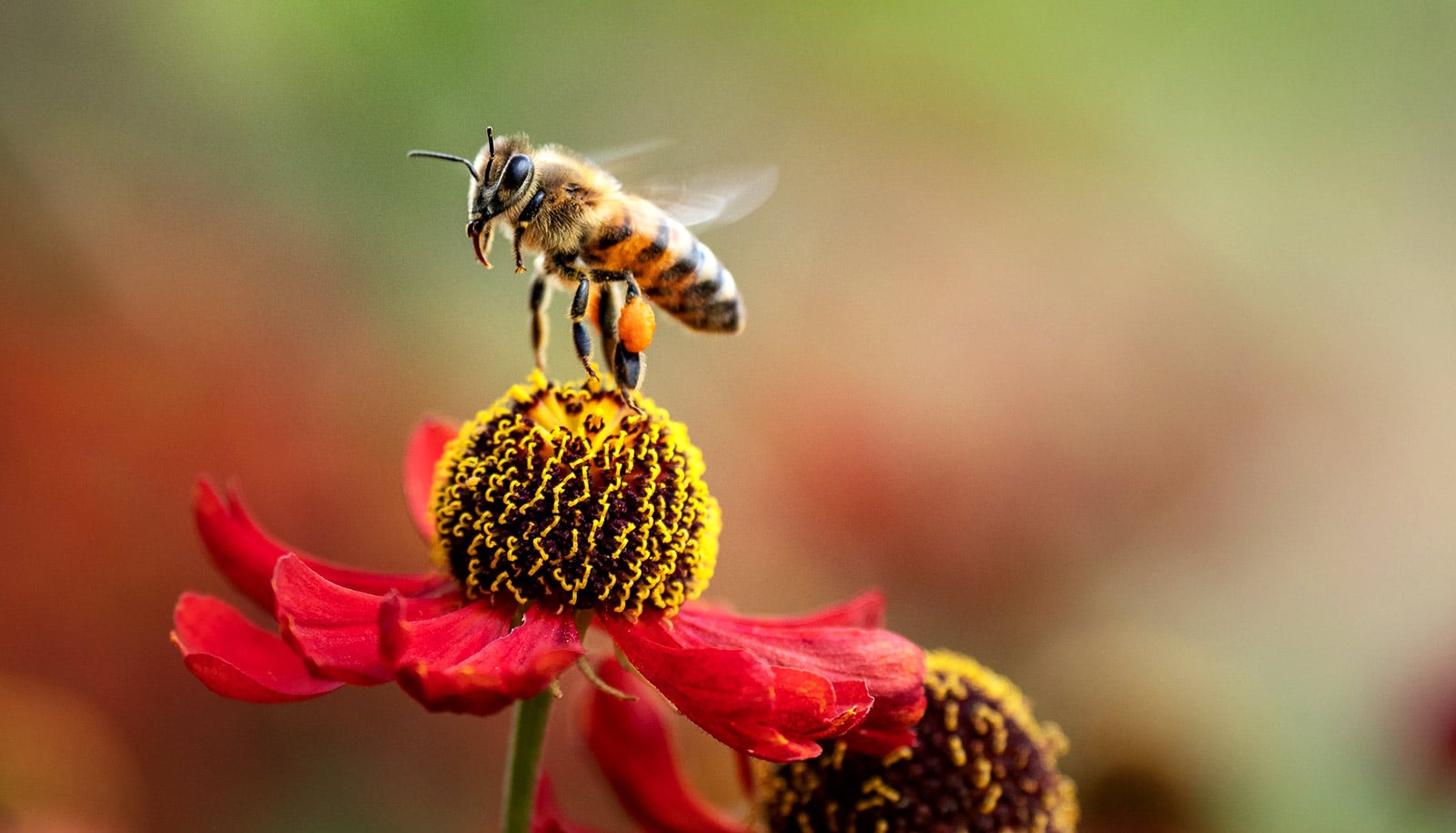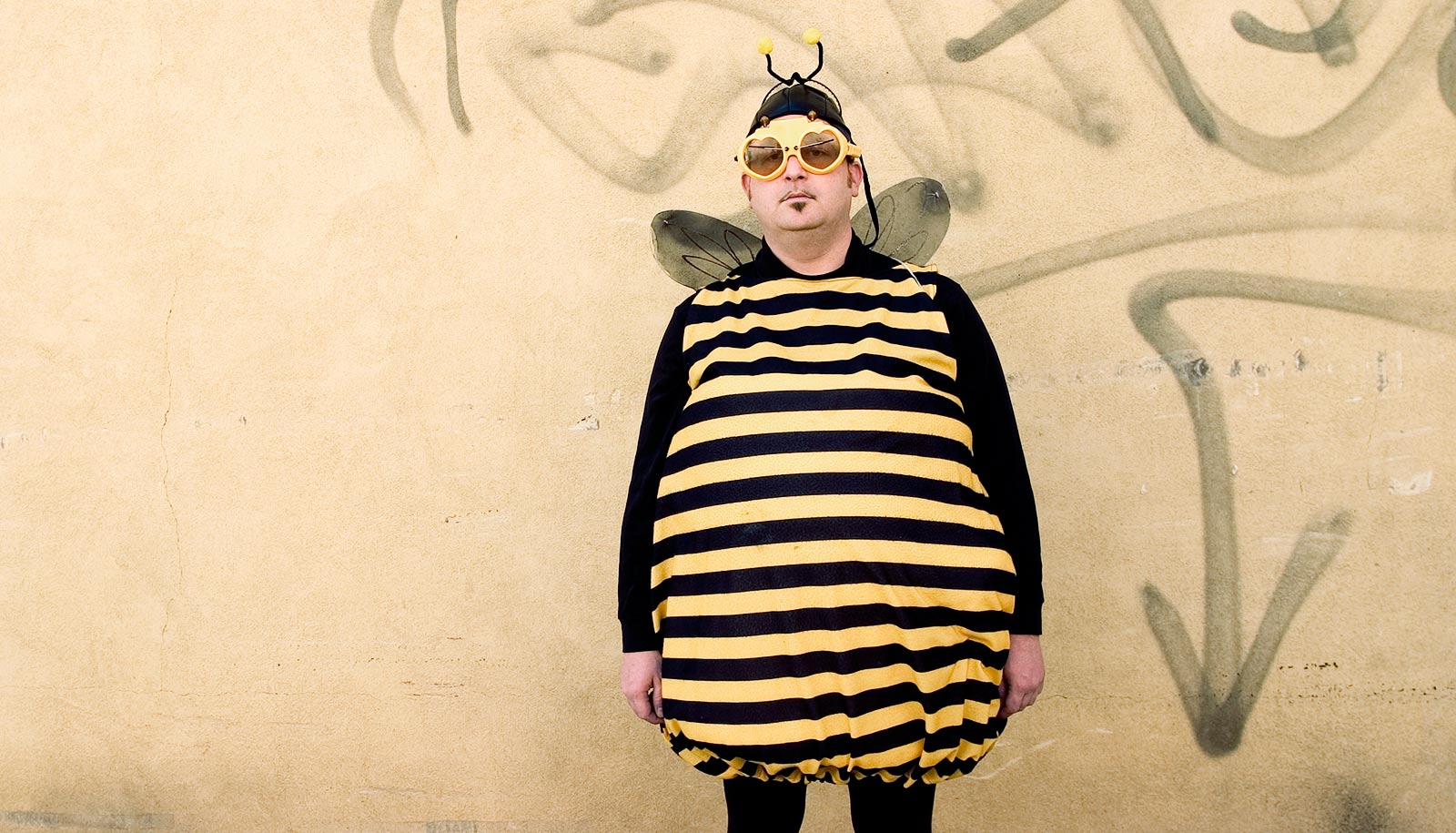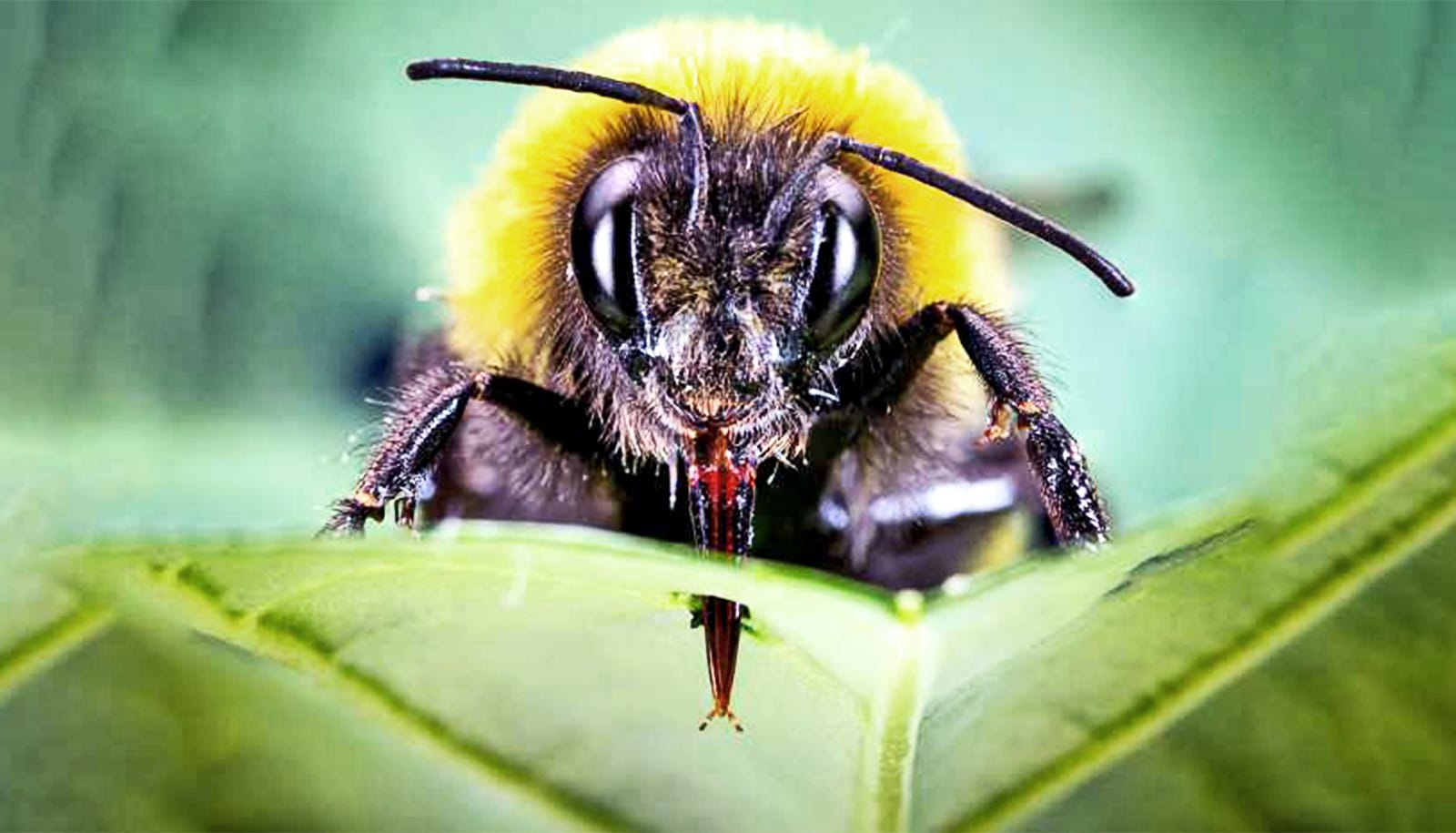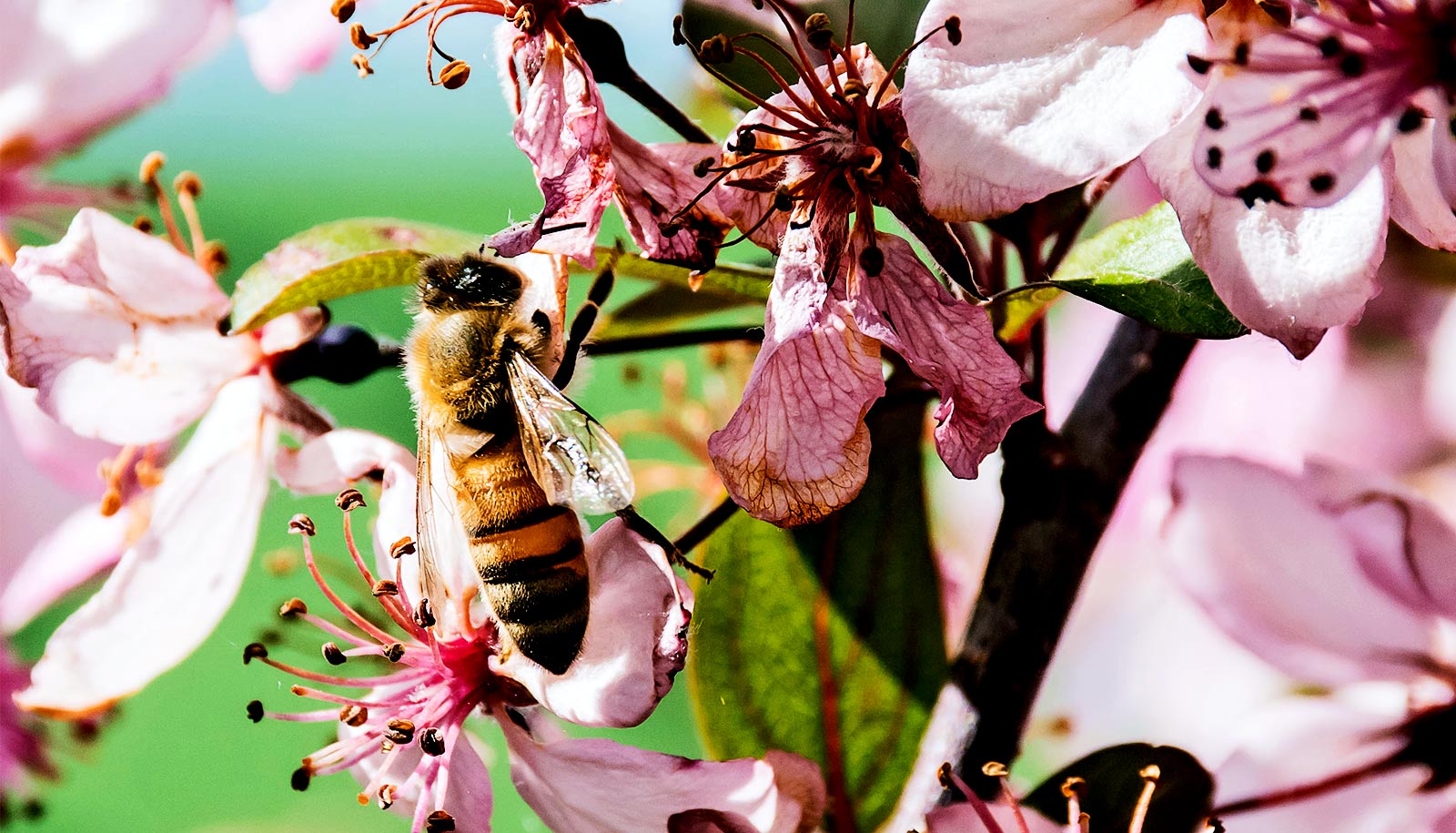Scientists have created the first world map of bee species.
Bees are crucial pollinators of natural habitats and crops. However, there is sparse data about the distribution of bee species around the world. This lack of information affects our ability to deal with bee population declines that threaten ecosystem balance and our food supply.
To create the map, the researchers first looked at a list of more than 20,000 known bee species that John Ascher, assistant professor at NUS Biological Sciences had earlier compiled and made available on the biodiversity portal DiscoverLife.org. Ascher and researchers from the Chinese Academy of Sciences and the University of Georgia then matched it with almost six million public records of where different species had been found.
The scientists hope the map will help protect bee populations. It also serves as a reference point for further bee research. Their findings appear in the journal Current Biology.
“People think of bees as just honey bees, bumble bees, and maybe a few others, but there are more species of bees than of birds and mammals combined,” says Ascher.
As many crops in developing countries rely on local species of bees for pollination, it is essential to understand the geographical distributions of bee species.
The map of bee diversity reveals interesting global patterns. For example, most plants and animals are most diverse in the humid tropics. But this is different for bees, which are more diverse in arid and temperate zones of the world. This is because tropical forest trees are not a reliable food source, compared to low-lying plants and flowers. Previous studies on bee distribution focused on limited geographical areas, so it was difficult to generalize the findings.
The bees from some areas of the world are still poorly known. “The United States has by far the most species of bees, but there are also vast areas of the African continent and the Middle East which have high levels of undiscovered diversity, more than in tropical areas,” says Ascher.
The research team is now planning field surveys to ground-truth their data, and looking for new sources of data. They also want to study how climate change will affect pollination and food security. They hope their work will help in the conservation of bees as global pollinators.
Source: NUS



